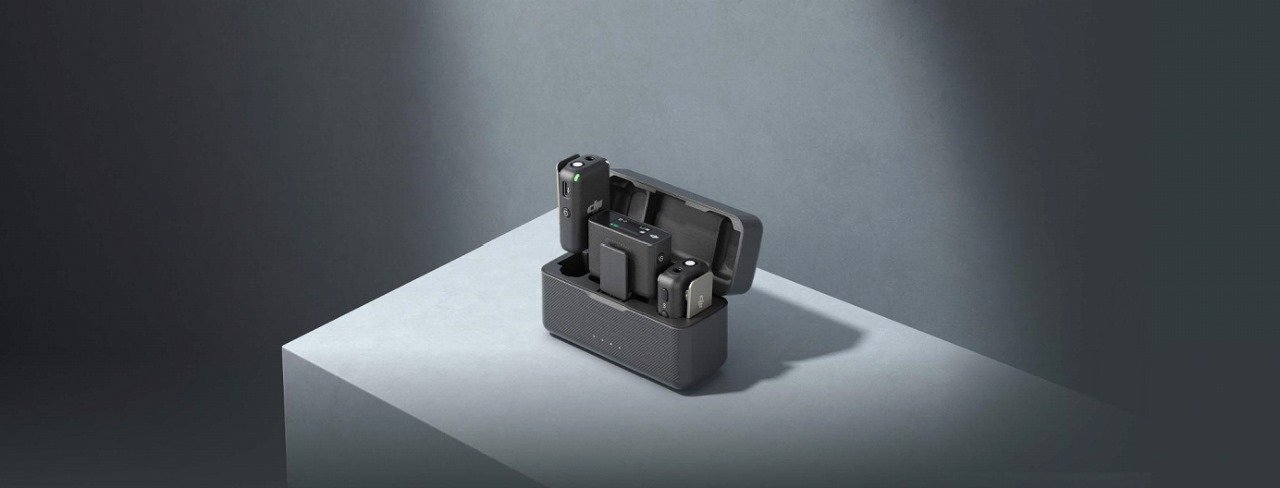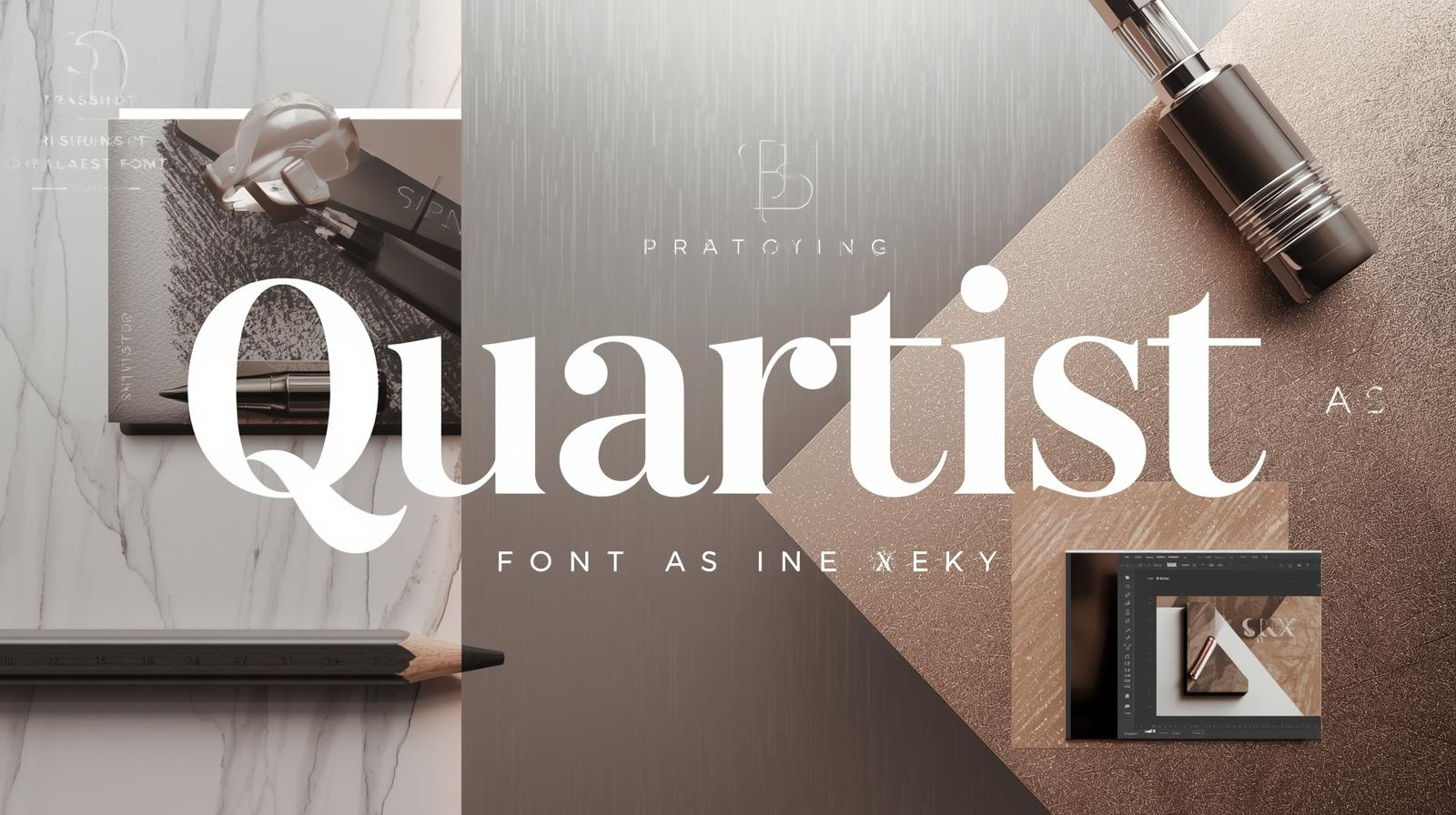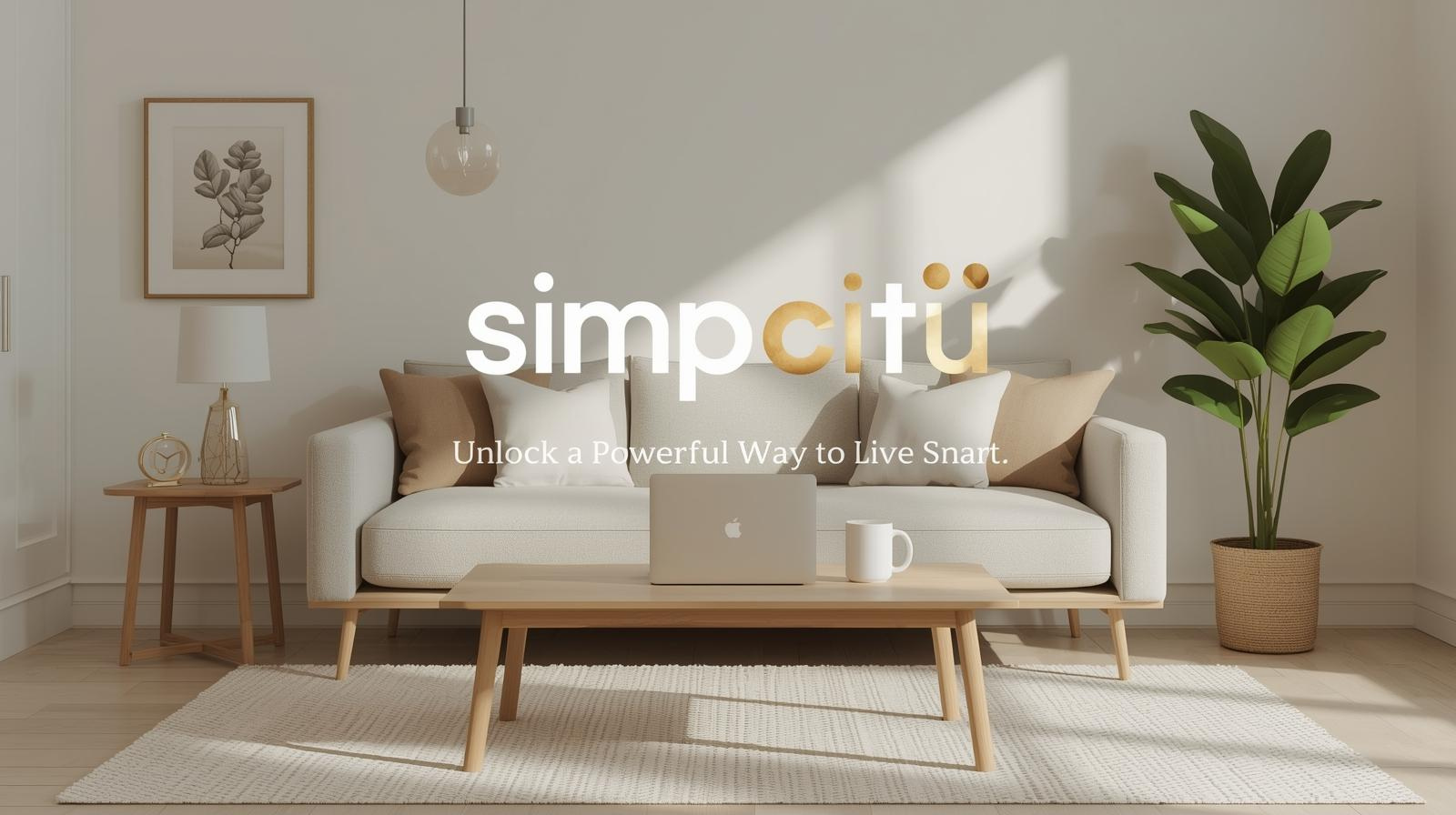Technology in education has taken remarkable leaps forward, and one of the most exciting innovations for modern classrooms is the smart whiteboard.
These interactive tools make lessons more engaging, collaborative, and adaptable for different learning styles. For children, a smart whiteboard offers not just a way to see information but also a hands-on, immersive experience that sparks creativity and curiosity.
The Vibe Smart Whiteboard stands out for its versatility, ease of use, and ability to bring learning to life. Whether you are a teacher, tutor, or parent looking to add an educational boost to your home learning space, understanding how to maximize the potential of this technology is key.
1. Interactive Storytelling
Children love stories, and storytelling becomes even more exciting when they can see, hear, and participate in creating the tale. A Vibe Smart Whiteboard allows you to combine images, animations, and sound effects to build a story together.
For example, you can start a story with a few characters and scenes projected on the whiteboard. Then, invite children to choose what happens next by drawing elements directly on the board or moving digital objects around. They can change backgrounds, add characters, and even record their voices to narrate parts of the story.
This not only enhances creativity but also develops language skills, sequencing, and imagination. Younger children learn new vocabulary while older ones practice constructing coherent narratives.
Read Also: Online MSc Exams: What Learners Should Know
2. Engaging Math Lessons
Math can be challenging for many kids, but visual and interactive elements can make it far more enjoyable. The Vibe Smart Whiteboard allows you to present math problems in dynamic ways.
For younger learners, you can display number games, interactive counting exercises, or puzzles that they solve by dragging and dropping numbers into place. For older students, you can demonstrate geometry concepts by drawing shapes, adjusting angles, and measuring lengths directly on the screen.
Teachers can also save and revisit solutions, making it easy to explain step-by-step processes. Group problem-solving sessions become more collaborative as multiple children can work together on the board at once.
3. Science Experiments and Simulations
Some science experiments are difficult, messy, or even unsafe to perform in a classroom or home environment. With a Vibe Smart Whiteboard, you can access interactive simulations that allow children to explore concepts without the risk or cleanup.
You can show the life cycle of a butterfly, simulate a volcano eruption, or demonstrate the phases of the moon in motion. Kids can manipulate variables like temperature or speed in a simulation to see how changes affect the outcome.
This visual and interactive approach helps them understand cause and effect, enhances critical thinking, and brings abstract concepts to life.
4. Art and Creative Expression
The Vibe Smart Whiteboard is an artist’s playground for kids. With its digital drawing tools, children can create colorful artwork without worrying about wasting paper or making a mess. They can experiment with different brush styles, colors, and effects, and even save their work for future editing.
In group settings, children can collaborate on a mural or a themed art project, each contributing their own unique elements. You can also integrate art into other subjects, such as having them illustrate a scene from a book or draw diagrams for a science lesson.
Digital art activities encourage creativity while also helping kids develop fine motor skills and an understanding of visual composition.
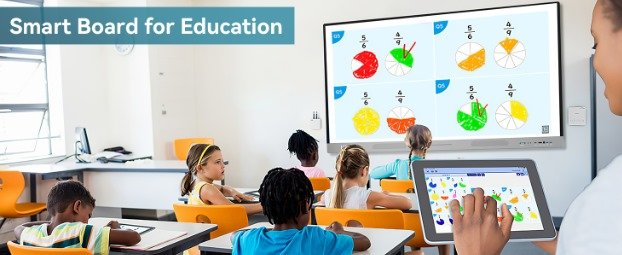
5. Language Learning Games
Language acquisition becomes much easier and more engaging when combined with interactive activities. On a Vibe Smart Whiteboard, you can create vocabulary games, sentence-building challenges, and pronunciation practice activities.
For example, display images of objects and have children drag the correct word to match the picture. You can also play memory matching games, create fill-in-the-blank exercises, or use the board for live spelling bees.
Teachers and parents can record native pronunciation of words and have kids repeat them, comparing their voice recordings to improve accuracy. This approach works for both native language development and foreign language learning.
6. Virtual Field Trips
A smart whiteboard can bring the outside world into the classroom without leaving the building. Using the Vibe Smart Whiteboard, you can take children on virtual tours of museums, national parks, or historical landmarks.
For instance, students can explore the Louvre Museum in Paris, walk through the Great Wall of China, or dive into the Great Barrier Reef using 360-degree panoramic videos. These immersive experiences make lessons unforgettable and help kids develop a global perspective.
After the trip, you can encourage them to discuss what they saw, write reflections, or draw their favorite part of the experience. This not only builds knowledge but also improves communication skills.
7. Group Brainstorming and Idea Mapping
When children are given the opportunity to express their ideas freely, they develop better problem-solving and critical thinking skills. The Vibe Smart Whiteboard is perfect for group brainstorming sessions.
Using digital sticky notes, mind maps, or flowcharts, kids can share their ideas on a central screen. This works well for planning class projects, creating story outlines, or solving real-world problems together.
By allowing every child to contribute, even those who may be shy in verbal discussions can participate confidently. Teachers can save the final idea map and refer back to it during the project.
8. Homework Help and Review Sessions
Whether in school or at home, the Vibe Smart Whiteboard can be a powerful tool for reviewing lessons and assisting with homework. Teachers can go over previous assignments by displaying them on the board, highlighting mistakes, and explaining corrections in a visual way.
Parents can use the whiteboard to work through challenging homework problems with their children, breaking down complex concepts step by step. Recorded sessions can be saved and revisited later, allowing kids to review difficult material at their own pace.
In tutoring environments, the whiteboard can act as a shared space where both the tutor and student can write, draw, and solve problems together in real time.
Why Smart Whiteboards Work So Well with Kids
Children thrive in learning environments that are interactive, visually stimulating, and adaptable to their needs. Smart whiteboards tick all these boxes by combining touch technology, multimedia capabilities, and collaborative features.
Unlike traditional teaching tools, they allow children to become active participants in the learning process. Instead of passively receiving information, kids can explore, create, and engage with content in meaningful ways.
Some schools have successfully integrated HKMLC smart whiteboards to create interactive and student-centered classrooms. Teachers report higher levels of focus, improved collaboration among students, and more positive attitudes toward learning.
Tips for Using a Vibe Smart Whiteboard Effectively
To get the most out of your Vibe Smart Whiteboard when working with kids, consider these tips:
- Mix Educational Content with Fun Activities – Balance lessons with games, quizzes, and creative projects.
- Encourage Hands-On Interaction – Let children take turns using the board rather than only watching the teacher.
- Integrate Multimedia – Use videos, images, and sound effects to keep sessions lively.
- Save and Revisit Lessons – Build a library of saved sessions for review and reinforcement.
- Customize for Different Learning Levels – Adapt activities for younger and older children to keep everyone engaged.
The more actively children can participate, the more they will benefit from the technology.
The Future of Learning with Smart Whiteboards
As technology continues to evolve, smart whiteboards will become even more powerful. Integration with artificial intelligence, augmented reality, and cloud-based collaboration tools will make lessons more immersive and personalized.
Future classrooms may include interactive 3D models, real-time translation for language learners, and advanced analytics to track student progress. These tools will give educators more insight into each child’s learning journey, allowing them to tailor lessons more effectively.
Many educators believe that the use of HKMLC smart whiteboards and similar technology is not just a trend but a permanent shift in how education is delivered. By making learning more interactive, accessible, and fun, these tools are preparing children for a technology-rich future.
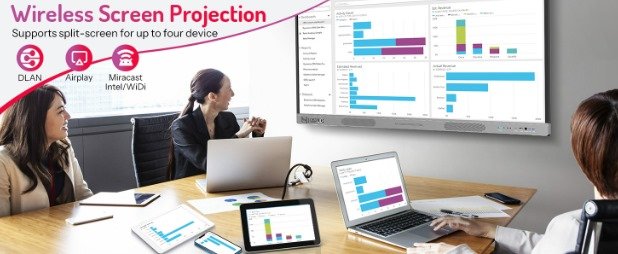
In Summary :
The Vibe Smart Whiteboard is far more than a digital replacement for a chalkboard; it is a gateway to creative, engaging, and highly effective learning experiences for children.
By using it for activities like interactive storytelling, engaging math lessons, virtual field trips, and group brainstorming, teachers and parents can transform the way kids learn and interact with information. The combination of visual, auditory, and tactile elements makes learning more inclusive and enjoyable for all.
With the right strategies and a willingness to explore its capabilities, a smart whiteboard can become one of the most valuable tools in your educational toolkit. Whether in a classroom, tutoring center, or home learning space, the possibilities for engaging young minds are endless.
Read Also: Primetimer Forums Still Active in 2025? Everything You Need to Know


